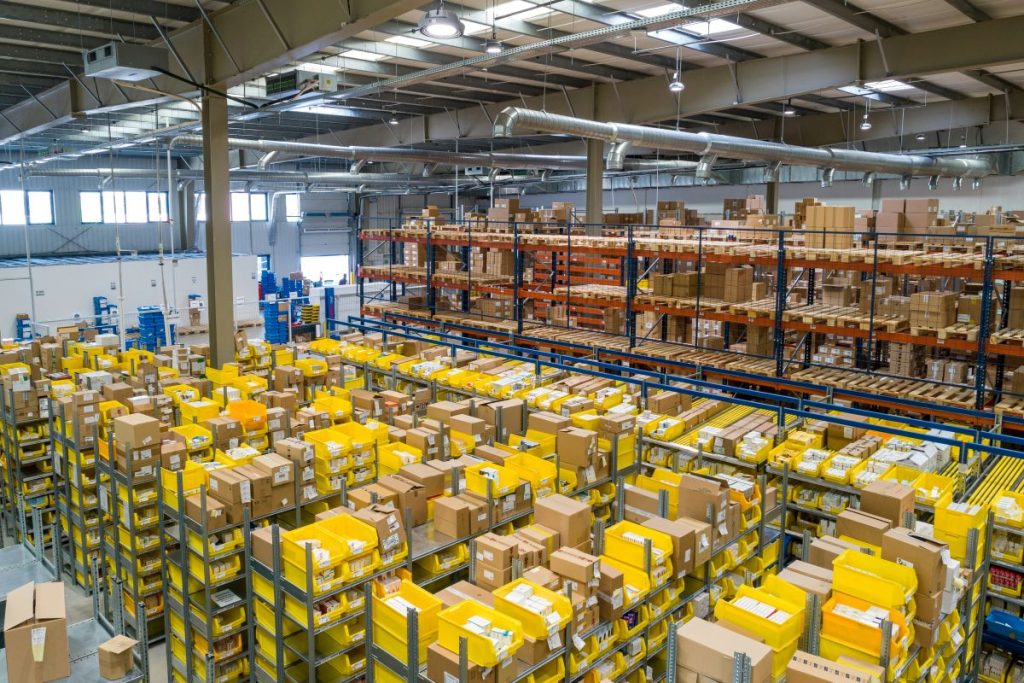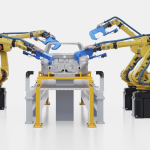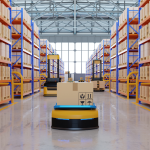As rising demand and tighter delivery windows push facilities to their limits, warehouse operators are investing in smarter layouts, better tech, and sustainable infrastructure to stay ahead. The era of reactive fixes is over—this is long-term operational planning in action.
Infrastructure Overhauls Are No Longer Optional
The warehouse of 2025 looks very different from the one of just a few years ago—and not because it’s bigger or flashier. Across the logistics sector, facility leaders are doubling down on structural upgrades, smarter layouts, and better use of vertical space to keep up with demand and maintain efficiency under pressure.
With many warehouses still relying on legacy footprints, outdated storage systems, and inconsistent workflows, the first priority is often a physical one: how space is used. Walking the floor can expose hidden inefficiencies—narrow aisles, high pick times, frequent restocking errors—that add up to serious productivity losses. In response, some operators are restructuring layouts, installing mezzanines, or shifting to high-density configurations that better match evolving SKU profiles.
Technology Is Supporting People—Not Replacing Them
Alongside physical upgrades, operators are layering in targeted technology—Warehouse Management Systems, handheld scanners, and automated conveyors—to streamline flow and reduce manual strain. While robotics adoption is growing, even low-tech interventions like RFID tagging or smart racking can dramatically improve accuracy and reduce wasted movement.
Energy use is also under the spotlight. From LED lighting and solar panels to electric vehicle charging and more efficient HVAC systems, sustainability upgrades are gaining ground—not just for regulatory reasons, but because they deliver real savings over time.
Flexible financing models, including warehouse-specific mortgages, are making it easier to fund these improvements without constraining working capital. In an industry defined by tight margins and tight schedules, that’s a strategic enabler.
Warehousing Is Entering Its Engineering Era
For years, operational efficiency was driven by labor management and software integration. But with labor constraints and fulfillment complexity increasing, the real competitive advantage now lies in infrastructure.
Warehouse leaders are being forced to think like engineers—designing spaces that are resilient, adaptable, and optimized for flow. Whether it’s a decision to restructure racking or invest in long-term energy efficiency, these aren’t cosmetic upgrades. They’re foundational shifts that directly impact throughput, safety, cost, and staff retention.
This moment calls for strategic vision. Not every improvement needs to be expensive—but every upgrade should be deliberate. If your facility can’t flex with shifting volumes or new product mixes, you’re building in fragility. The smartest operators are designing for what’s next, not just fixing what’s broken.







